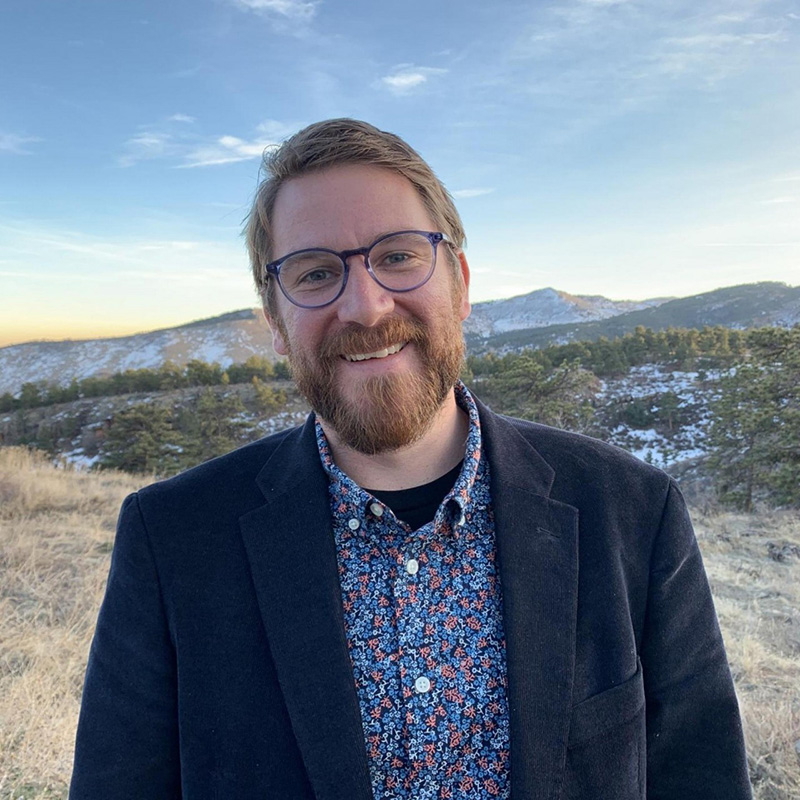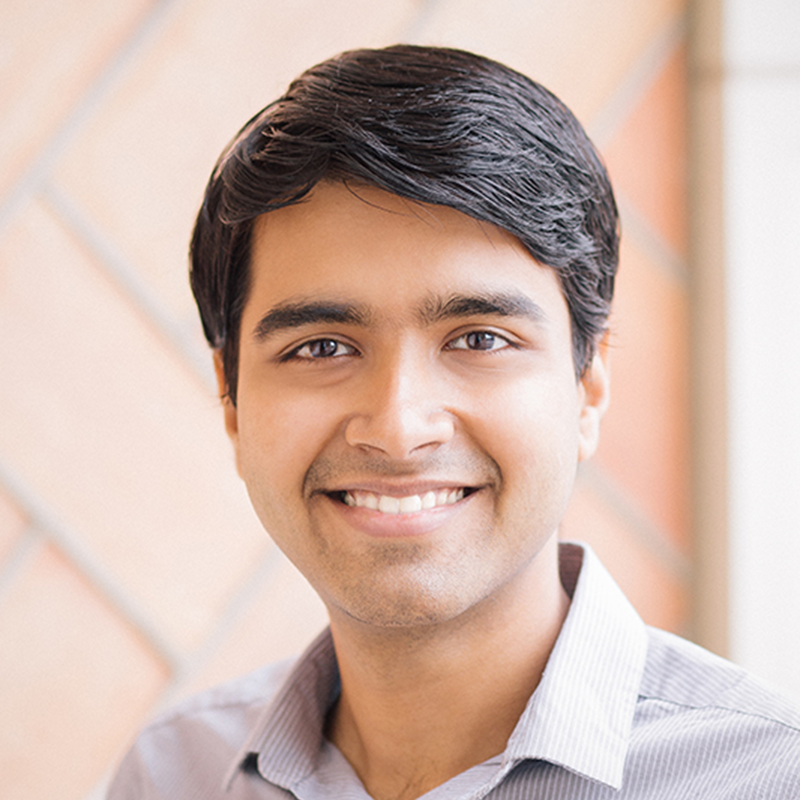
Meet the new ECE faculty members
As a new semester begins, we welcome three new faculty members to ECE. Meet Brandon Lucia, Swarun Kumar, and Maysam Chamanzar.
Brandon Lucia
Please introduce yourself.
My name is Brandon Lucia. I started in 2015 as a professor in the Electrical and Computer Engineering Department at CMU, and I lead the ABSTRACT research lab. Before I was at CMU, I was a researcher at Microsoft Research, in Redmond, WA. I got my M.S. and
What excites you most about teaching at CMU?
The students! Since I have arrived at CMU, I have been totally blown away by the creativity and initiative of the students here, from the undergrads I have in 545 and the ones doing really cool stuff at Build18, to the masters students working in my lab on research projects, to the first-rate
What can future students look forward to as they interact with you as a faculty member?
My main interests are in computer architecture and computer system design. I am especially interested in energy-harvesting computer systems, which extract their operating power from their environment and novel parallel computer systems, which are becoming increasingly heterogeneous and unreliable.
In my research, I like to look at and redefine all the layers of a system, from its hardware
I am particularly interested in research that gives computer systems fundamentally new capabilities by making them, say, more reliable, more programmable or more energy efficient. I like to think about these kinds of transformations in technology as an enabler for things to change in science and society. If we make parallel computers orders of magnitude faster, we can work with biologists or chemists to develop simulation models that can answer questions that, right now, no one can answer. If we make energy-harvesting computers reliable enough for use in high-value, high-cost space exploration, we can work with NASA to support the emerging consumer space industry. And these applications are only a couple of quick examples.
Research in computer architecture and systems is awesome because you never know where it is going to take you! Everyone—scientists, engineers, makers, artists, society—can take advantage of improvements in computing hardware and software, and that's exactly what my students and I are working toward.
What is a fun fact about you that would surprise your students?
My experimental music trio, '
Swarun Kumar
Please introduce yourself.
My name is Swarun Kumar. I design and build systems to enable faster wireless networks that can also provide new services. To do so, I study wireless signals at the physical layer to analyze their impact on data traffic and user applications. My research has targeted a wide range of applications such
What excites you most about teaching at CMU?
CMU has an amazing blend of world-class researchers and highly talented students. I am excited to work with the faculty and explore new areas and interested in fostering new collaborations within the department and across campus. I am eager to work with students on a range of innovative and impactful projects to shape networks of the future. I look forward to teaching interactive and hands-on courses at CMU and help students connect concepts in class to
What can future students look forward to as they interact with you as a faculty member?
I enjoy working closely with students and taking their research ideas
What is a fun fact about you that would surprise your students?
One of my most
Maysam Chamanzar
Please introduce yourself.
My name is Mysam Chamanzar. I grew up in Tehran, Iran, where I completed my undergraduate studies and earned a master’s degree in Microwave Communications from Tehran Polytechnic and Sharif University in 2003 and 2005, respectively. I got my
What excites you most about teaching at CMU?
I found CMU a vibrant, friendly and collaborative environment. I am planning to use concepts in photonics, nanotechnology, MEMS and Electronics to develop neural interfaces with which we can decipher the neural basis of brain function, control machines with the brain and control the brain with machines. This is a highly multidisciplinary research area that can only be carried out where there is a culture of collaboration. The strong body of students and experienced faculty at CMU, especially in ECE, convinced me that CMU is the place where I can achieve my scientific goals.
What can future students look forward to as they interact with you as a faculty member?
I am very good at teaching and explaining the most sophisticated concepts in a very simple and easy way. It was a rather long journey for me to find my way through the traditional Electrical Engineering discipline to the amazing world of brain science. I believe ECE students are in the best position to devise next-generation neuro-technologies and address the biggest challenge of our era: understanding brain function. We have been learning about the amazing world around us using our brains; now it is time to understand how the brain itself works! I am committed to paving the way for the students in my lab and in my classes to learn the fundamental concepts of applied physics as they relate to neurotechnology and to become pioneers in this field.
What is a fun fact about you that would surprise your students?
I love gardening. I collect and grow exotic plants. When I travel to new places, I always try to visit


